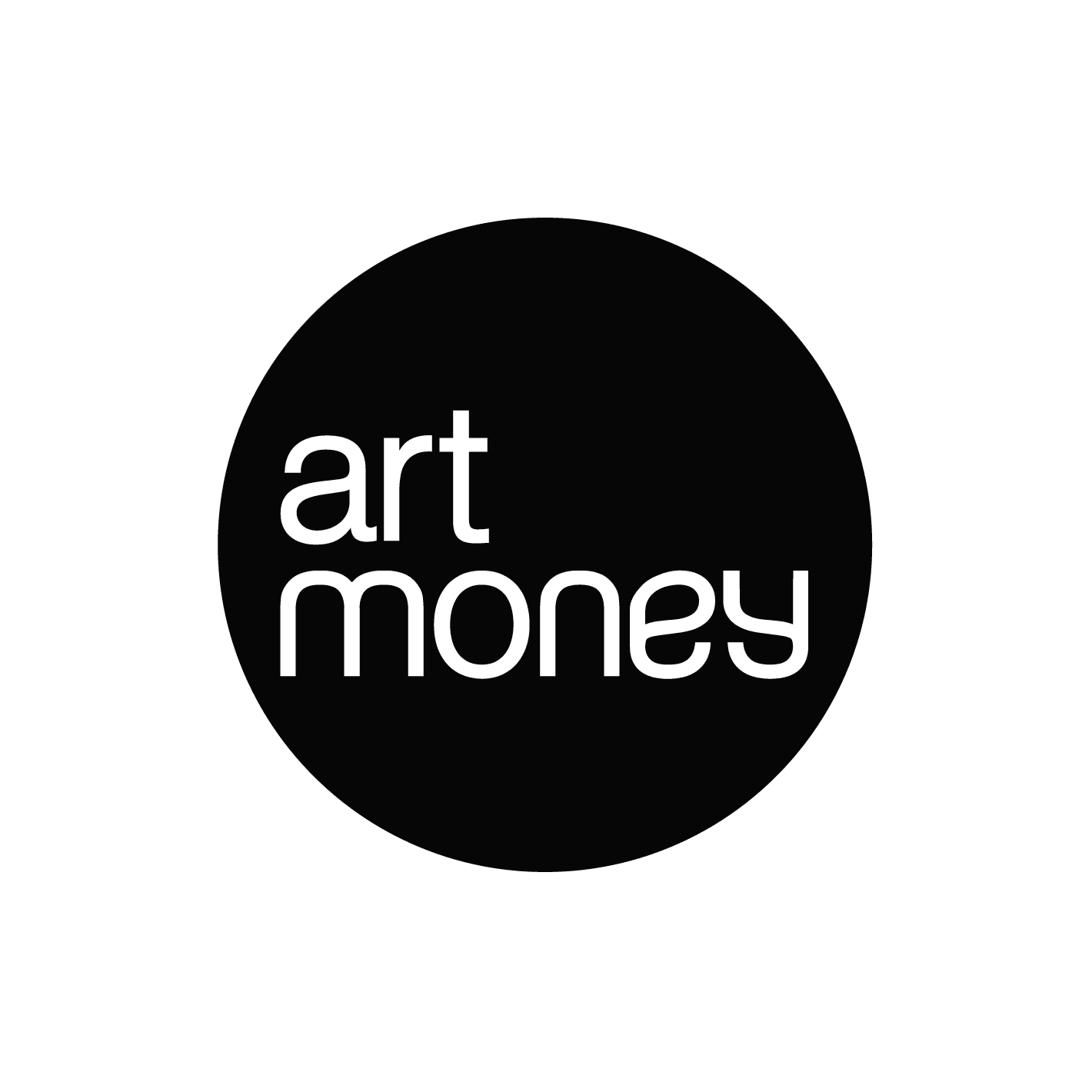Lloyd Durling is a British artist working in London. His practice is painting-based and he is a recipient of a Pollock-Krasner Foundation grant. He has exhibited widely throughout Europe, Asia and U.S.A, and solo exhibitions include among others, Pippy Houldsworth, London; Golden, Chicago; Pflueger68, Berlin and Babel, Trondheim. Works are held in both public and private collections worldwide; Whitworth Art Gallery, Progressive Collection and Nomura Bank, Japan.
Central to these paintings is an intense engagement with oil paint and oil stick that explore the interface between painting and drawing. These materials are used as the ground for a series of paintings where texture is as important as colour in the play between the surface of linen and the varying densities of paint. With this comes an expanse of associations that push beyond simple categorisations of abstraction or scale. The information in each painting, given by gesture or mark, is reduced to a fleeting register of brush on the surface, as if each mark has to count. They contain a tension from this, enforced visually by the likes of a pillar, sphere or roundel teetering on the edge. There is a balance between expressive play and tight control that resonates beyond the boundary of the surface. Colours, shapes and textures are brought together as if the paint has been densely applied, brushed away or scraped off. An interest in keeping a gestural ground draws on the ephemeral quality of Medieval wall paintings, where the paint appears to hover on the rough surface of the wall.
Ideas around topography are of central importance to Durling’s practice and are explored through continuing walking projects. These serve as opportunities to gather diverse source material through physical and emotional interactions with whichever environment chosen to traverse. It amounts to a kind of urban or rural wandering where the information gathered is reinterpreted or reimagined. These feed into a deep connection with place and landscape, mystic arrangements of stone, wall paintings, light and shadow, turf mazes, strange geometries of ancient worship and forgotten histories – all of these elements find a way into the work.
